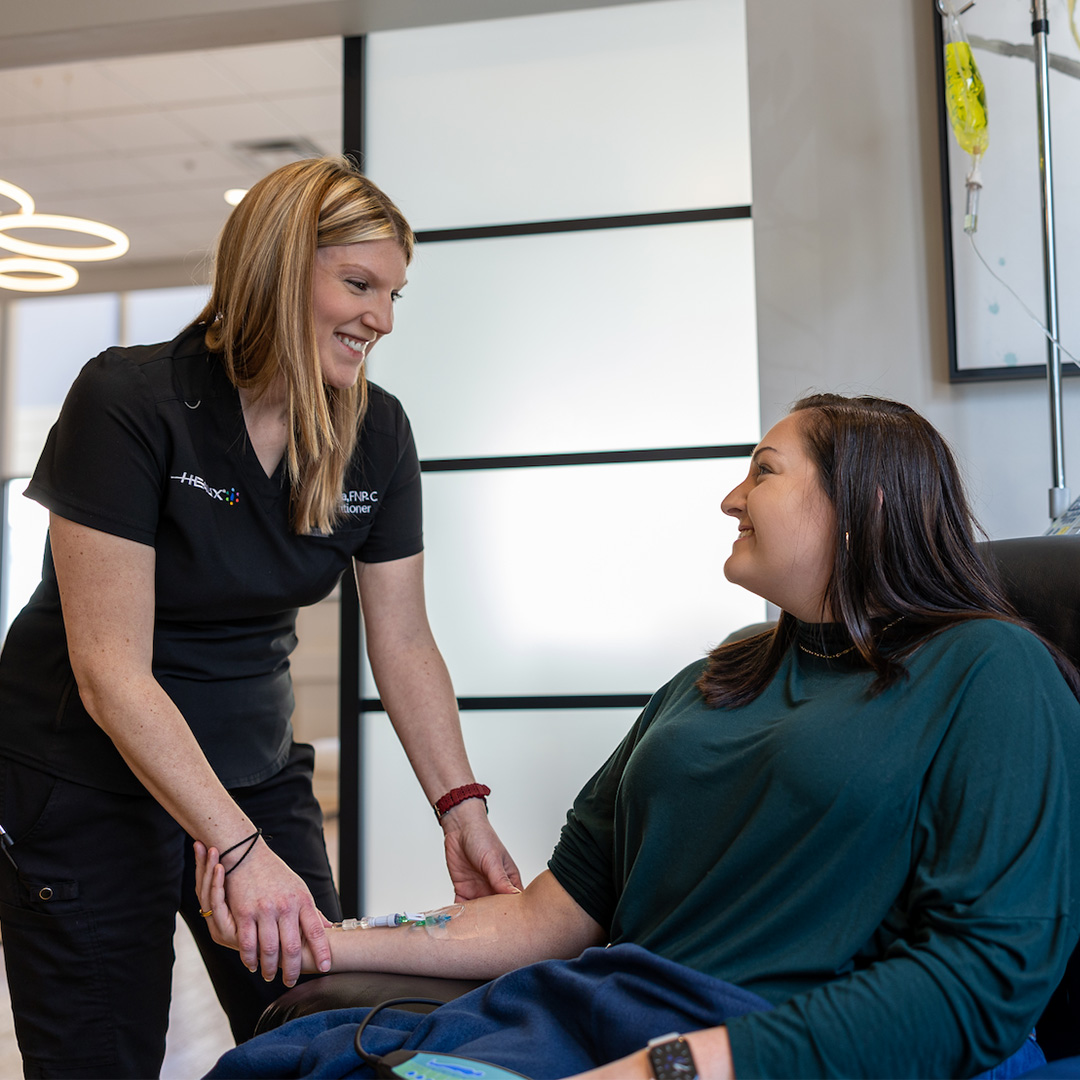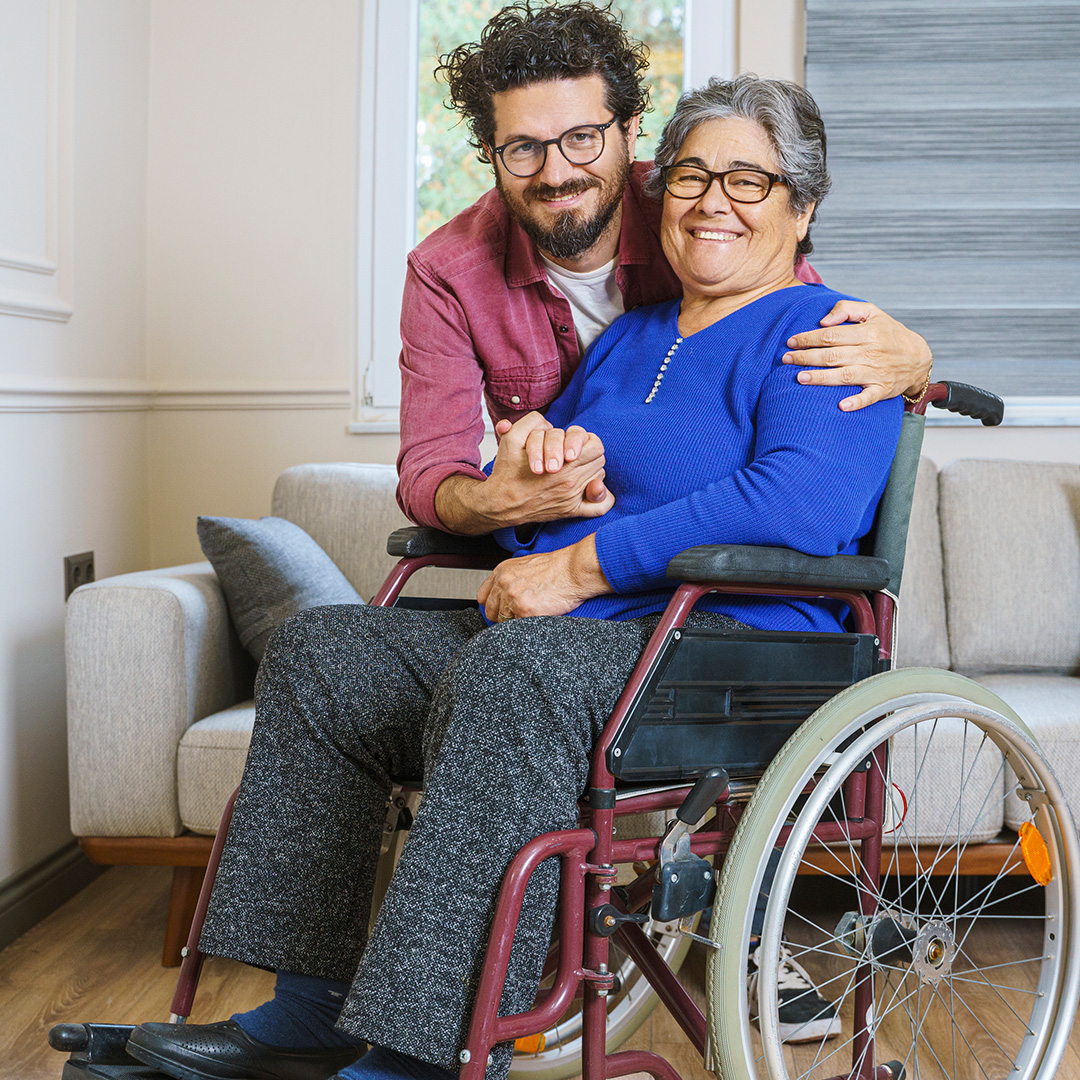What Is Ankylosing Spondylitis?
Ankylosing spondylitis is a long-term condition in which your body builds up extra bone where your spine connects to your pelvis and sometimes in other joints, too. This extra bone causes those parts of your spine to become stiff over time, making it harder to bend and move like you used to.
With AS, you often tire more easily or your back doesn’t feel as flexible as it once was. Everyday activities like getting out of bed, standing for long periods, or sitting through a movie can become more difficult. Some people feel frustrated when their body doesn’t respond the way it used to, especially if they enjoy staying active, although many learn how to adapt and keep doing the things they enjoy.
Ankylosing Spondylitis Symptoms
AS shows up in ways that affect how you move, rest, and feel day to day. Some signs are easier to notice than others, and they can come and go or slowly get worse over time. Learning to recognize common symptoms can help you speak up and get support when you need it:
- Dull and deep lower back pain that gets worse when you rest and feels better when you move around
- Morning stiffness in your back or joints that makes it hard to move when you first wake up
- Hip and buttock pain that makes walking or sitting uncomfortable
- Neck pain or stiffness that makes it harder to turn your head
- Fatigue that doesn’t go away easily with rest
- Swelling, soreness, and limited mobility in your ankles, knees, or shoulders
These symptoms can impact your daily routine, mood, and how much energy you have. However, understanding patterns in your symptoms can help you take better care of your body and can help your doctor determine appropriate ankylosing spondylitis treatments.










